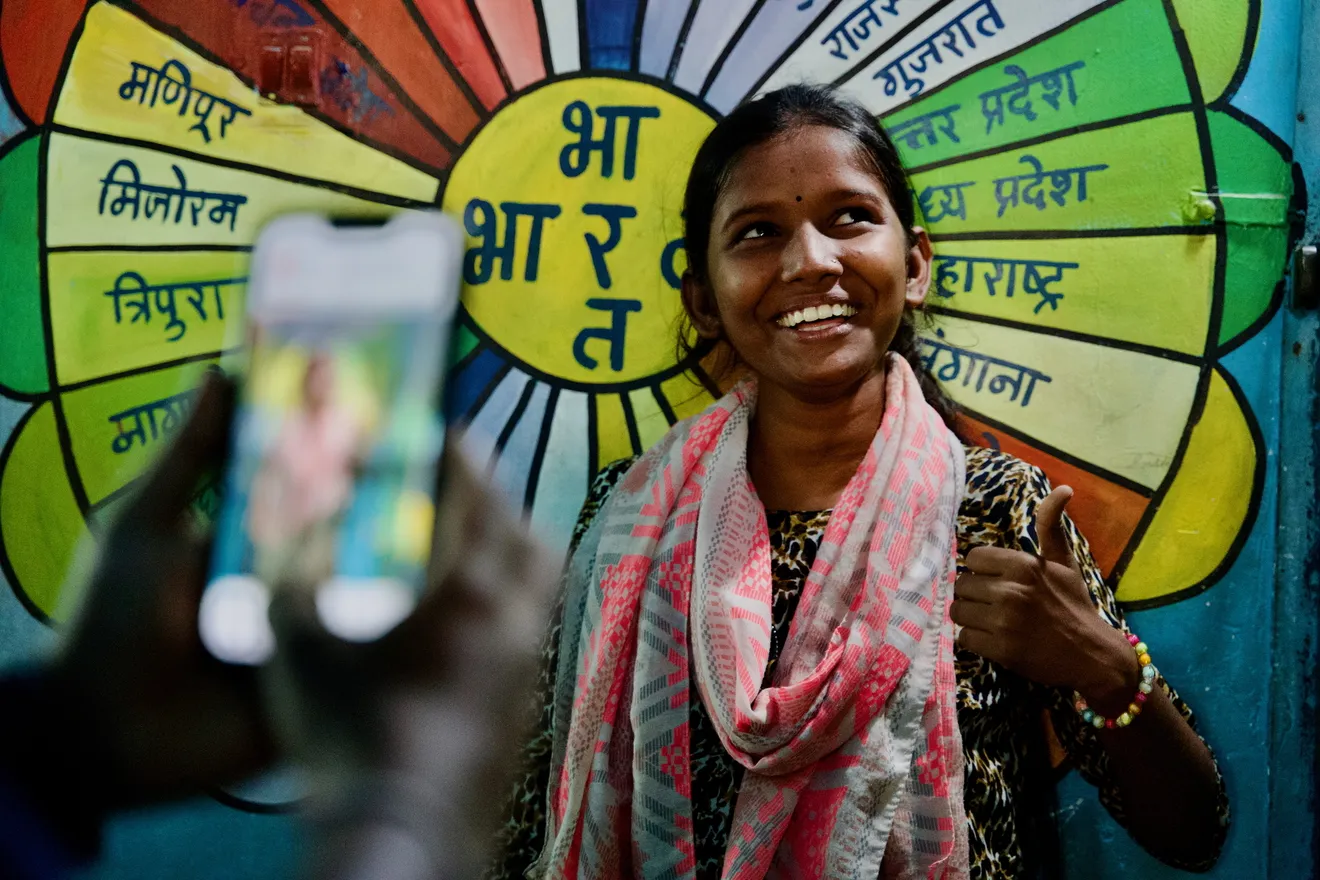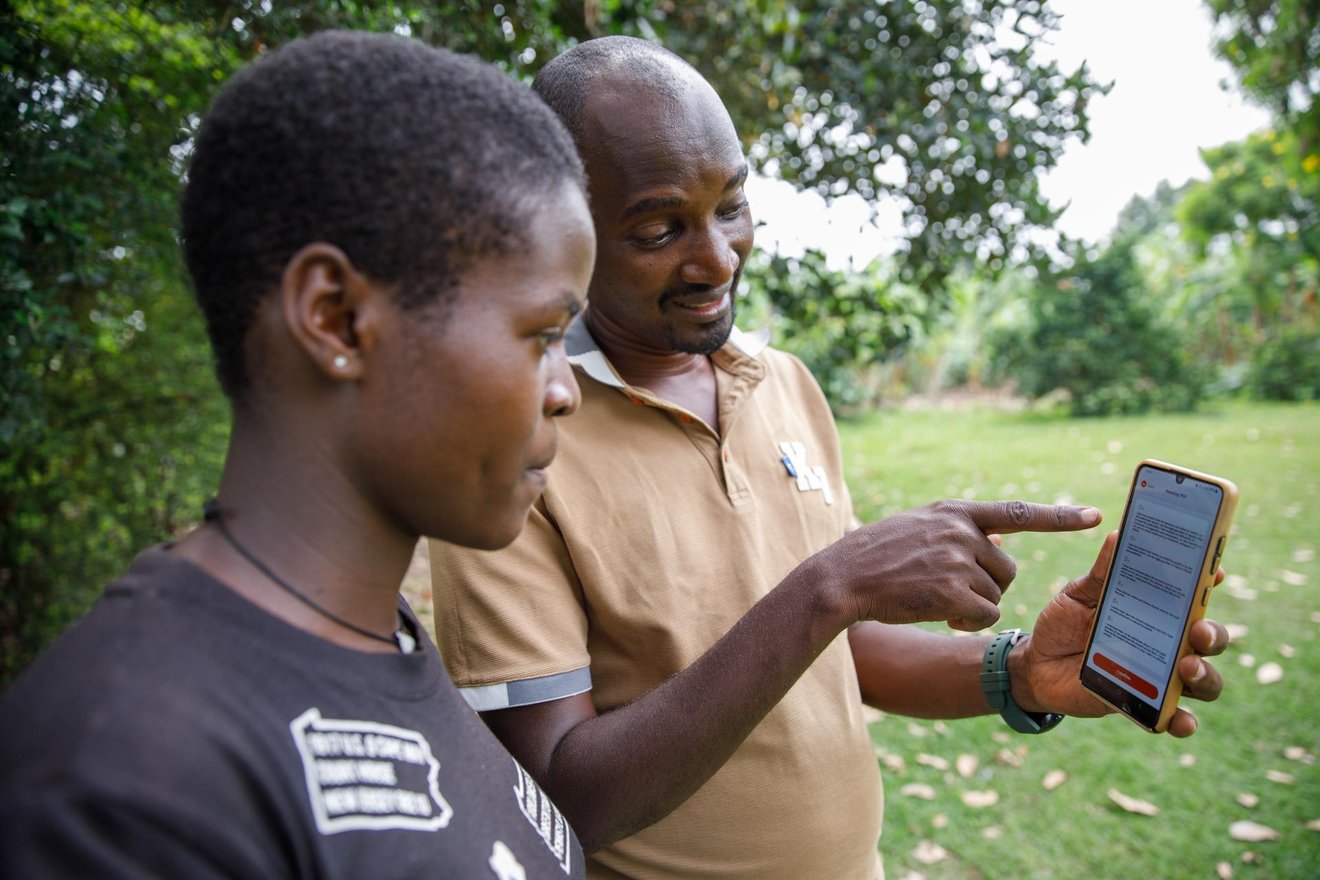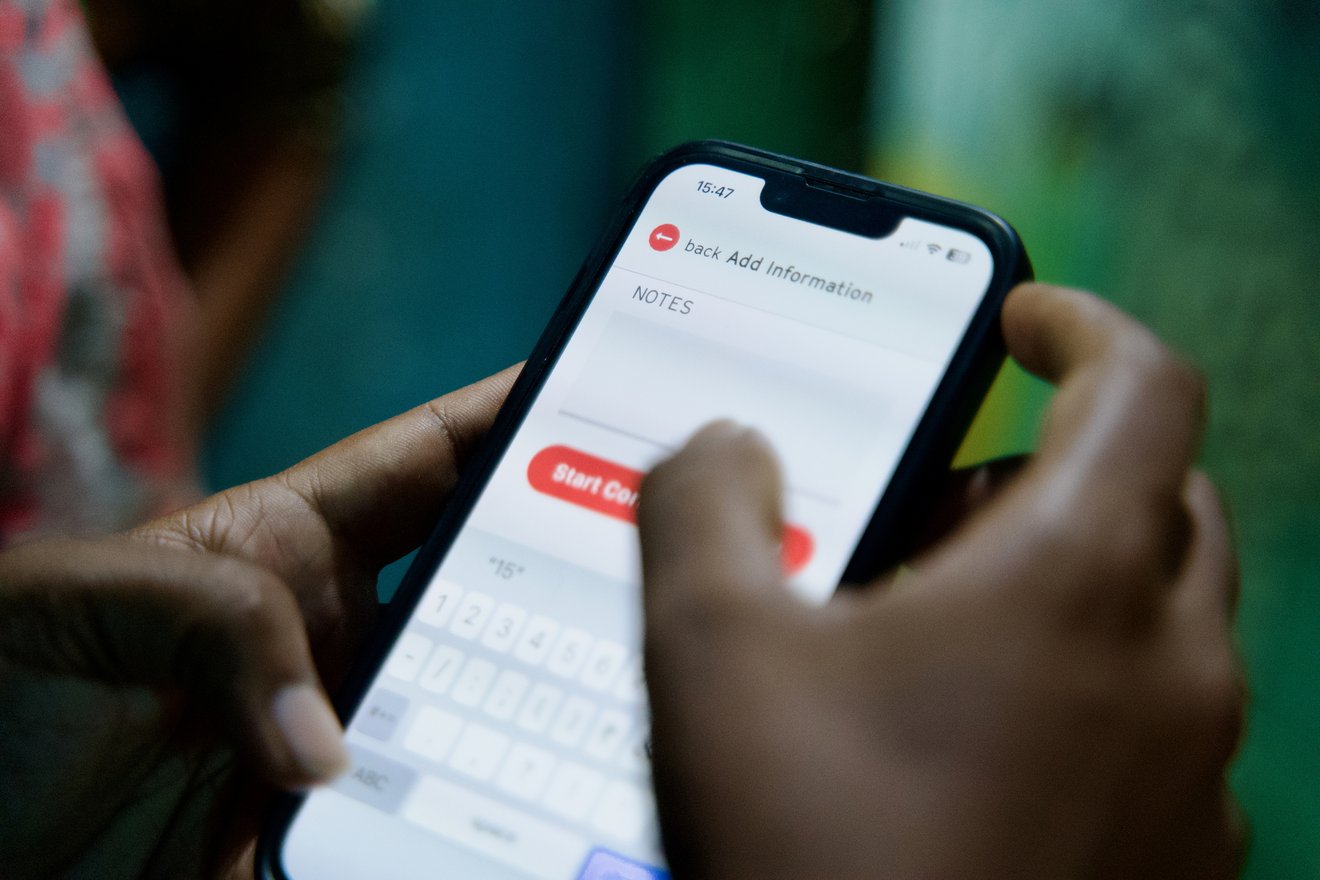What does ethical consent really look like today in global storytelling?
From fieldwork to footage, this article unpacks why traditional consent forms fall short, and offers a clear, practical path to embedding dignity, agency, and accountability into every stage of visual content production.

Using the FairConsent App to give clear, informed permission for visual content use. Photo by Prakhar Deep Jain © All Rights Reserved
In a bustling town square in East Africa, a local research partner for a European university captures a short video interview with a participant of a community health initiative. The conversation is casual and respectful. Smiles are exchanged. A consent form was signed earlier in the day. A few weeks later, that same video is shown at an international conference. The audience is moved. But the participant never knew their footage would travel that far.
This story isn’t rare. In fact, it’s emblematic of a structural blind spot in how we produce and use visual content across sectors. Whether it’s a nonprofit documenting an aid programme, a university filming research participants, or a company filming in public spaces: consent is often seen as a checkbox rather than a continuous, participatory process.
Many organisations operate under the assumption that signed consent forms offer full protection. Legally, they often do. But ethically? Not always.
Traditional consent processes are frequently:
As digital content becomes more shareable, remixable, and permanent, organisations must move from a mindset of extraction to one of participation.

Using the FairConsent App to give clear, informed permission for visual content use. Photo by Nyokabi Kahura © All Rights Reserved
A Shift in Practice: Reframing Consent as an Ongoing Dialogue
At Fairpicture, we believe that ethical content starts long before the camera rolls. And consent isn’t just about permission. It’s about power, dignity, and agency.
To support you on this journey, we created the Fair Consent App.
Because ethical consent is not just a form—it’s a framework.
Fairpicture’s approach is grounded in continuous, informed, and revocable consent that respects each individual’s right to dignity and control. This requires both technical tools and practical steps embedded into every stage of content creation.
Here’s how to operationalise it:
1. Concept & Planning Phase
Who are we featuring, and why? What power dynamics are at play?
2. Pre-Production
Have we planned for informed, accessible, and revocable consent?
3. Production
Is consent truly voluntary? Are people aware of their rights?
4. Post-Production
Does this content preserve dignity and context?
5. Distribution & Archiving
Are we staying within the agreed use cases? What if participants change their minds?
Laura Abad Guerrero, Marketing Lead at Fairpicture
The FairConsent App was built for exactly these challenges. Co-developed with local visual creators and leading NGOs, it offers a secure, multilingual, and GDPR-compliant way to gather, manage, and update consent throughout the content lifecycle.

Using the FairConsent App to give clear, informed permission for visual content use. Photo by Prakhar Deep Jain © All Rights Reserved
Treating consent as a process rather than a form is more than an ethical checkbox. It fosters trust with the communities we document. It aligns communications with organisational values. And it strengthens legal and reputational safeguards in an increasingly scrutiny-driven world.
Ultimately, it ensures that people remain people in our content—not symbols, stock, or storytelling tools.